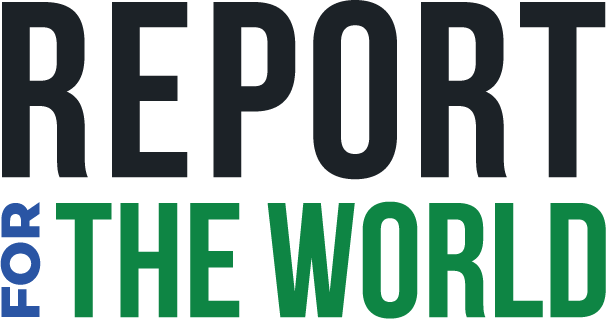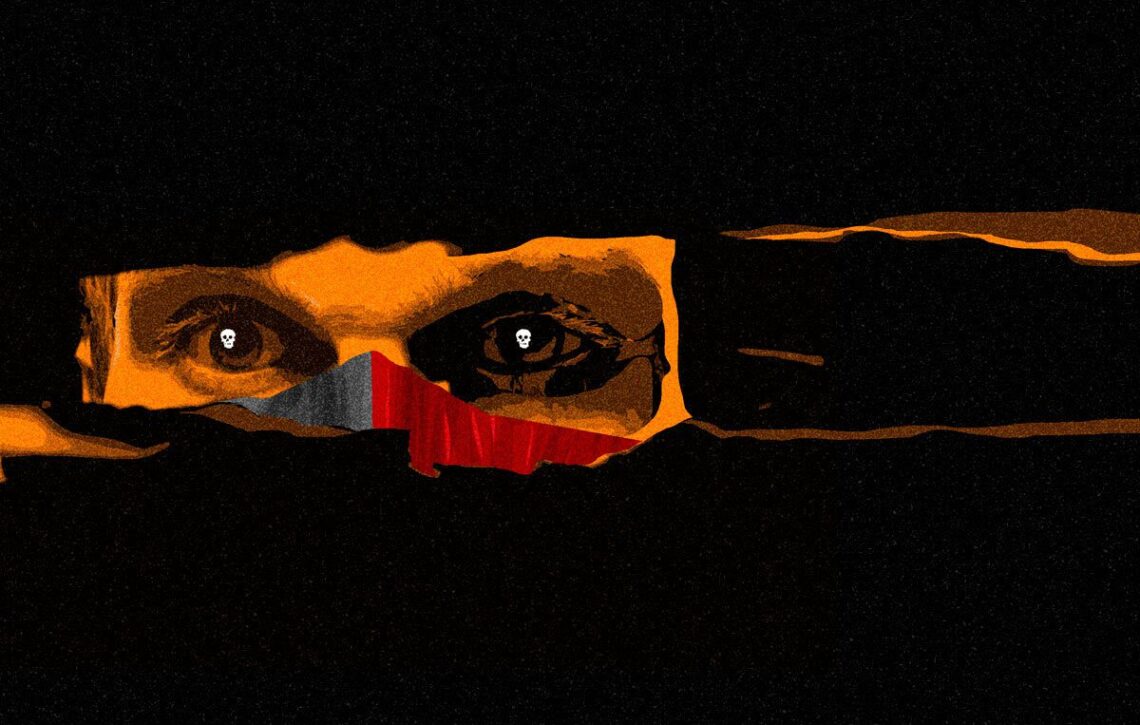By Wilson Liévano
For migrants trying to reach the United States, the journey through Mexico is the most dangerous part of their trip. From traveling on the top of a speeding train to the bands of thieves and the scammers that prey on the desperation of travelers, migrants face multiple perils. But no threat is more feared than being kidnapped by a cartel and held for ransom.
Even though they are aware of the risks, thousands of Nicaraguans have undertaken this journey, trying to escape the rising insecurity, the worsening economic opportunities and the increased restriction of freedoms by the Ortega-Murillo regime. But for some of them their hope for freedom became a nightmare when they crossed paths with the cartels.
Report for the World corps member Franklin Villavicencio recently chronicled for Divergentes the ordeal of a Nicaraguan family who made it to Ciudad Juarez, at the border with the U.S., only to get kidnapped by a cartel at gunpoint at a traffic light in the middle of the city. But that’s just the beginning of the story. Villavicencio reconstructs their time in captivity, the efforts from their family members in the U.S. to pay the ransom and get them back, and how the family risked it all and was able to escape their captors.
We spoke recently with Villavicencio to learn more about his reporting for this story, the challenges of covering a topic where official sources don’t offer reliable information and what other reporters can learn from his coverage. His answers have been edited for length and clarity.
Report for the World: ¿How did you learn about this case and how did you build trust with the family so they could tell you their story in such detail?
Franklin Villavicencio: I arrived at this case through a Nicaraguan who volunteers at an organization based in Puebla, Mexico, that supports migrants. At the beginning I was looking for contacts at the shelters on the border. She told me about this family, but by then they had already crossed into the United States. I saved the contacts to review them after my trip to the border, because I felt there was a story there. The source at the shelter, which I got to speak to on multiple occasions and know well, didn’t tell me at first that it was a kidnapping case. That came up later, in the interviews with the victims
(The source at the shelter) shared the victim’s contact info, with their blessing. This was very important, because I noticed they had a need to talk, to share what they had gone through. Without it, it would have been impossible to continue with this story.
RFW: The story has an editor’s note acknowledging the difficulty of obtaining reliable official versions due to the opacity of the governments in the region. ¿What strategies did you employ to obtain data and verify the accounts?
Villavicencio: The alternative for me was to find sources in the main locations of the story. For example, in Puebla, there was the shelter that first welcomed the family and supported them. Then, other sources that accepted to speak on “deep background” due to the security risks helped me to corroborate that in Ciudad Juarez, the story that the sources told me was not just probable, but more common than people would think.
I also used my own intuition. The central testimony of the story was told to me in a logical, sequential way, with so many details that only someone that has lived through an episode like that can remember. I also had access to the public accounts that were published in local media and that were done by family members.
RFW: Reporting a topic as delicate as this requires tact, particularly with sources. ¿What would be your advice for other reporters who may have to interview kidnapping victims or migrants who have gone through other extreme situations?
Villavicencio: I think time is a very important factor, to allow victims the space to process what they went through. Even though it might feel attractive to have something out right after it happened, I don’t think it’s the best approach. Time helps people accept what happened and heal (at least a bit) the wounds.
To listen is key. For this story I decided that the most important thing was that on my first approach to allow the sources to express themselves freely, without even having a questionnaire for them. In my notes I marked the details, scenes or phrases that I needed to go back to in a second interview or after they finished telling the story on their own terms.
Our role as journalists often makes us question everything, but the key lies in knowing when is the right moment to do so. It is also important to be very honest from the beginning, to always leave a window open for the possible doubts that might arise (in relation to the source’s account of the facts.)
Describing the (journalistic) processes helps a lot, mentioning that there’s a first approach, that this type of stories will be reviewed by an editor and that throughout the process some doubts might arise, which doesn’t necessarily mean that I don’t believe what they are saying, but instead we do it to be precise and reinforce the narrative.
It’s a mistake to assume that people know the dynamics of journalism and that they understand how a journalism piece is created.


